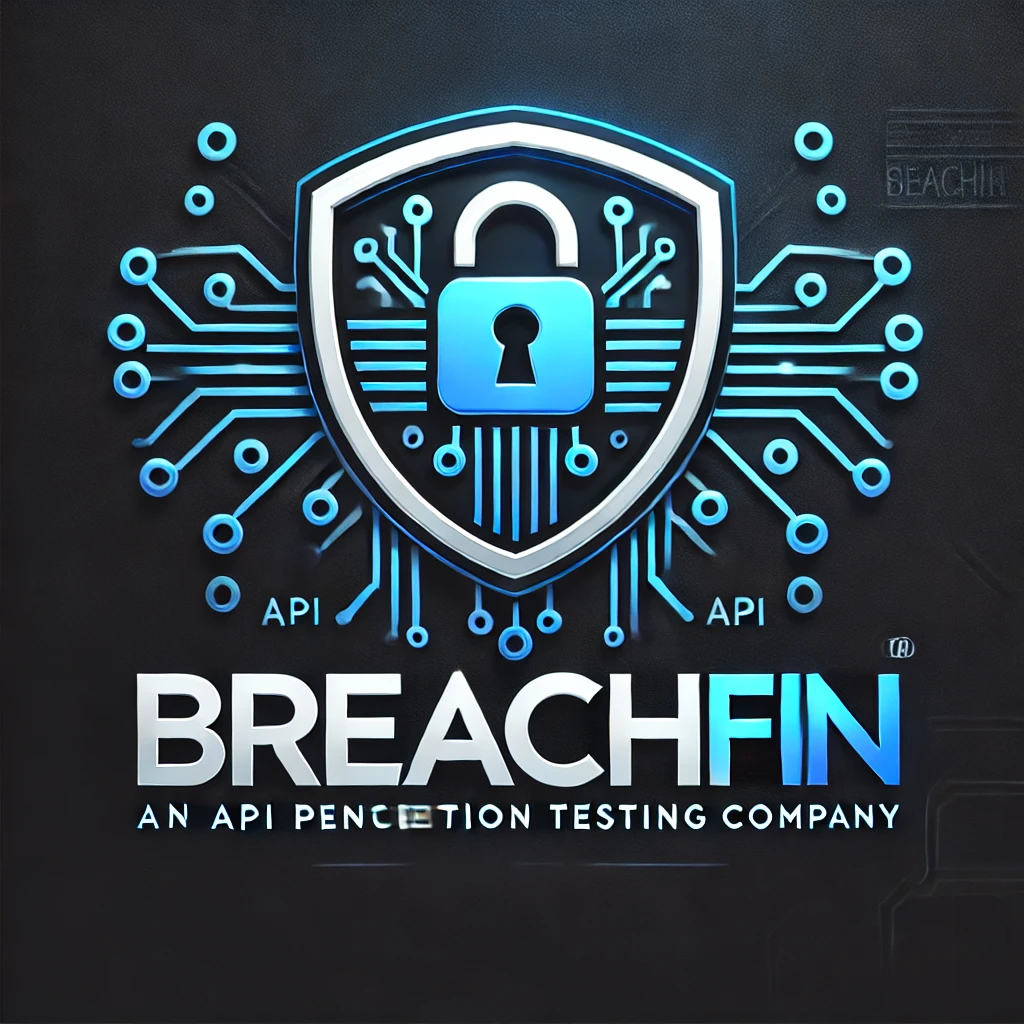The cybersecurity landscape is evolving at breakneck speed, driven by rapid advances in AI, quantum computing, and increasingly sophisticated threats. As threat actors level up, so must defenders. Here are the top cybersecurity technology trends defining 2025—and what your organization can do to stay ahead.
🌐 1. AI-Powered Threat Detection and Response
Generative AI and LLMs are now integrated into modern Security Operations Centers (SOCs) to:
- Detect zero-day attacks through anomaly detection
- Analyze large-scale telemetry in real-time
- Provide AI-generated incident summaries and response playbooks
Tools like Amazon Security Lake + AI/ML and Microsoft Copilot for Security are revolutionizing the analyst experience.
Breachfin Tip: Use LLMs to auto-classify threat intel and summarize logs from OpenSearch or CloudTrail.
🔓 2. Post-Quantum Cryptography
With quantum computing on the horizon, NIST-approved post-quantum algorithms like CRYSTALS-Kyber and Dilithium are being tested across enterprise networks. Transition planning has begun—especially in fintech, healthcare, and defense.
Breachfin Tip: Start a cryptographic inventory. Prioritize hybrid certs (quantum-safe + classical) and migrate TLS, VPNs, and backups.
🤖 3. Autonomous Pentesting & Breach Simulation
New tools like SnapAttack, XM Cyber, and Breachfin’s own offensive security engine offer continuous security validation using AI to simulate attacker behavior.
Breachfin Tip: Incorporate Breach & Attack Simulation (BAS) into your CI/CD pipeline for real-time insights on exploitable gaps.
🧠 4. Deepfake and Synthetic Identity Attacks
2025 has seen a rise in AI-powered fraud, including:
- CEO fraud via video/audio deepfakes
- Synthetic identity scams for KYC bypass
Breachfin Tip: Deploy deepfake detection tools (e.g., Intel’s FakeCatcher) and use behavioral biometrics for stronger verification.
🔀 5. Zero Trust Network Architecture (ZTNA) at the Edge
Zero Trust is moving beyond the datacenter. With Secure Access Service Edge (SASE) and Software Defined Perimeters (SDPs), organizations are securing every device, user, and API—regardless of location.
Breachfin Tip: Replace VPNs with identity-aware proxies and deploy Trustgrid-style mesh edge networks for faster secure access.
🧬 6. Threat Intelligence Automation with CTI Platforms
Cyber Threat Intelligence (CTI) platforms now auto-ingest feeds, enrich with MITRE ATT&CK mappings, and deliver real-time indicators to firewalls and SIEMs.
Breachfin Tip: Use STIX/TAXII to integrate threat feeds into your detection stack. Automate with SOAR workflows via Zapier or Tines.
🔀 7. Secure DevOps and SBOM Management
The rise of software supply chain attacks has made Software Bill of Materials (SBOM) a regulatory necessity. DevSecOps now means scanning every dependency, container, and API before it’s deployed.
Breachfin Tip: Automate SBOM generation in your pipeline with tools like Syft or CycloneDX.
💬 Final Thoughts
2025 is not just about protecting endpoints—it’s about defending context, identity, and trust at every layer of your stack. Cybersecurity leaders must blend AI, automation, and awareness into their strategy.
🛡️ At Breachfin, we help startups and enterprises stay secure with offensive security, threat modeling, and AI-driven GRC. Want a free cyber readiness check? Let’s talk.


Leave a Reply